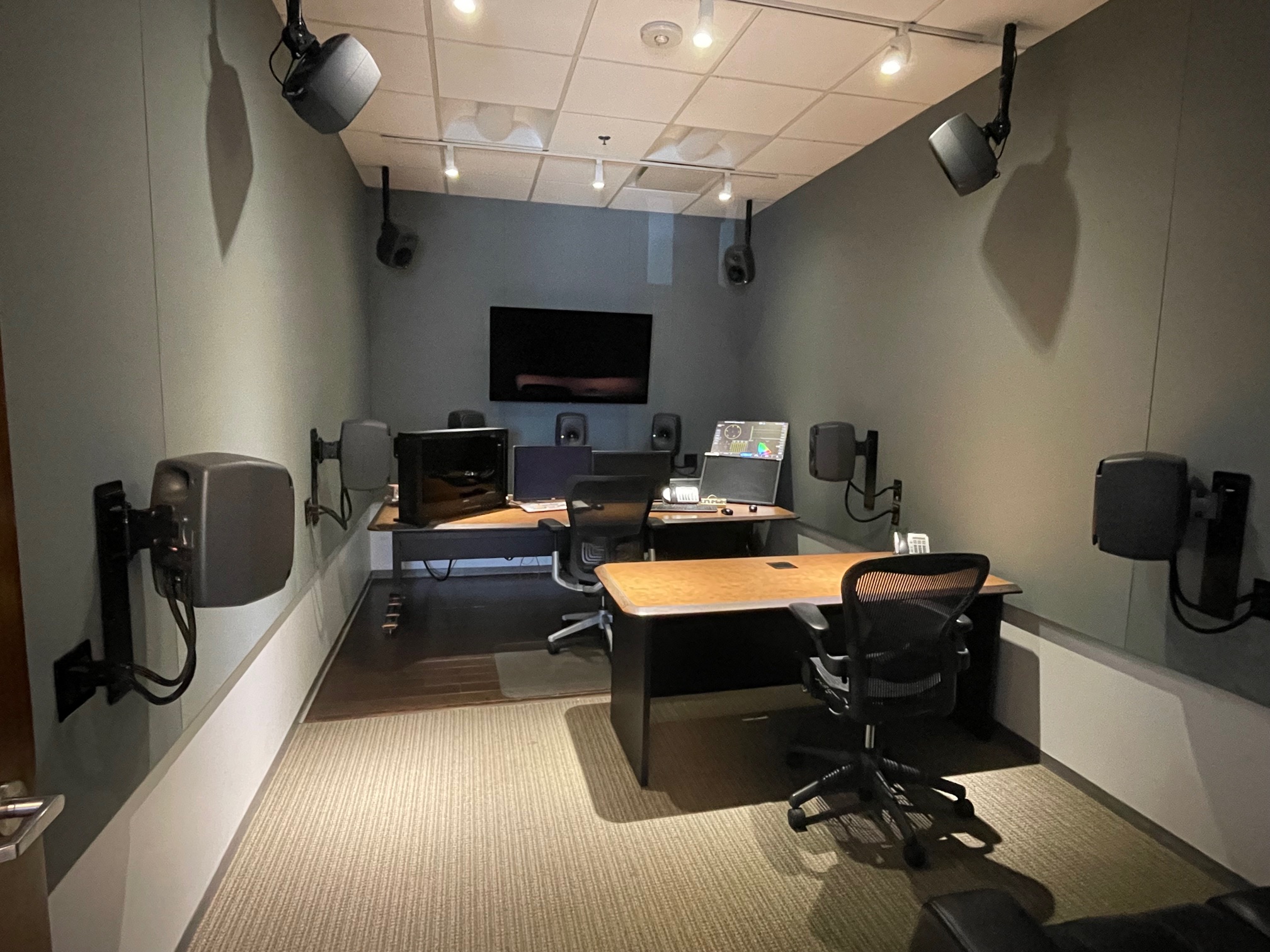Visual Data Adds Leader and Dolby Atmos to Color Correction and QC Workflow
 At Visual Data, one of our core services is content preparation for distribution platforms, primarily OTT and streaming platforms like Netflix, Amazon and others, as well as European distributors. Though we handle plenty of original content, because of the influx of library content much of what we have worked on recently has already been released. For scanned content from older film archives and for other digital content, we capture images, color correct to match the output to the original look and feel, and make it look it’s best — and ready for distribution in HD or 4K.
At Visual Data, one of our core services is content preparation for distribution platforms, primarily OTT and streaming platforms like Netflix, Amazon and others, as well as European distributors. Though we handle plenty of original content, because of the influx of library content much of what we have worked on recently has already been released. For scanned content from older film archives and for other digital content, we capture images, color correct to match the output to the original look and feel, and make it look it’s best — and ready for distribution in HD or 4K.
Since the advent of 4K, we’ve seen the number of video signal formats feeding into color correction multiply exponentially. This is one reason the LV7600 scope from Leader is an integral part of our main color correction room. It adds essential 4K support and verifies the type of signal we have coming into the room.
When the time came for us to build out our new Dolby Atmos and 4K QC suite, we knew we needed the same premium functionality and workflow we’d built into our main room. We added another LV7600 to this room and enhanced the suite with Dolby Atmos 7.1.4 twelve-channel audio so that we can take Atmos-encoded tracks and decode them for QC to make sure all the sound lines up.
We wanted to create a premium space for client supervision and for colorists to work in that enhanced the quality of work and helped increase efficiency. Dolby Atmos twelve-channel audio provides optimal monitoring while the Leader scope supports multiple color spaces and allows us to switch between HD and 4K with the click of a button. Our QC team also relies on the Leader scope for audio metering, channel mapping, and some audio level monitoring.
EFFICIENCY IS IN THE DETAILS
During the color correction process, we live and die by scopes. While our DaVinci Resolve has built-in scopes, simple things like having an internal LUT on can mess up the internal scope. And sometimes things look great on the internal scope but don’t match what’s actually going out to the monitor. Relying solely on the internals puts more burden on the operator and takes more time. But with our workflow, when we see an image and know it doesn’t look right, we simply refer to the scope to find out exactly what’s going on.
While the waveform and vectorscope are the most crucial tools, the CIE color triangle on the LV7600 is one of our favorite features. We hadn’t really seen something that provided this level of visibility into image technical metadata before, so we had a bit of a “wow” moment when we started to see what it could do.
If a colorist sees the signal moving outside of the Rec 2020 on the CIE, it likely means that the settings got messed up or defaulted to a different flavor of HDR. The CIE color triangle on the scope gives us instant visibility so we can make adjustments right there – saving us loads of time.
Another feature that is extremely useful in our workflow is the flexibility in configuring the system. Ensuring quality is as important to us as meeting client delivery timelines, so getting great work done efficiently is critical. With the LV7600, our operators store presets for their preferred layouts that they can easily access again – even if settings have been changed for other users. Getting started is quick too. Because the Leader scope is intuitive, users can generally get comfortable with its functionality in a few hours.
We invested in creating premium color correction and QC suites supported by industry-leading technology because we are committed to meeting the needs of our customers now and in the future. We don’t see the demand for library content slowing down any time soon, and with the Leader LV7600 we can quickly add updates so we stay ahead of the curve.
By: Ken Spickler, Director of Engineering Operations – Visual Data Media Services


